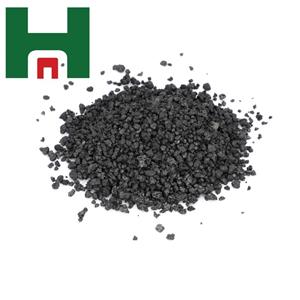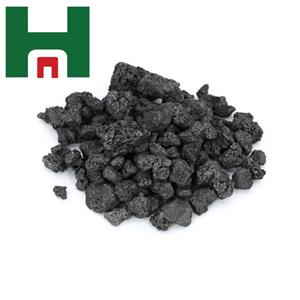Affected by China's graphite control and overseas environmental protection policies, this anode material may become the darling of overseas markets...
Since the beginning of this year, the anode material industry has entered a state of structural overcapacity, and most anode manufacturers are facing pressure from downward prices or even hovering at the cost red line. Industry insiders judge that it may take some time to completely clear out mid- to high-cost and low-quality production capacity. In the long run, the industry as a whole will be positive.
Domestic competition is becoming a red ocean, and the industry is turning its attention to broader overseas markets. Coupled with the recent announcement of graphite control policies in China, overseas battery manufacturers have stepped up their procurement of anode materials, especially graphite anode materials, out of a hedging strategy, adding fuel to the overseas expansion of graphite anode materials.
With the advantages of low energy consumption and low cost, natural graphite anode materials are becoming more and more popular overseas, and there is huge room for growth.
Overseas mature capital markets have a stronger awareness of environmental protection than domestic ones, and the bonus of environmental factors can be regarded as a "killer trump card" for overseas products. However, the highly polluting and energy-consuming processes required to prepare traditional artificial graphite anode materials, such as granulation and graphitization, run counter to the concept of environmental protection. According to SMM research, due to overseas environmental protection control and other factors, currently overseas manufacturers of anodes tend to prefer more environmentally friendly natural graphite anode materials. For example, the current anode material production capacity of Po Project in South Korea is mainly based on natural graphite anode materials. The main customers are LG Chem, Samsung SDI, and Posco stated that they will expand the production of natural graphite anode materials by 105,000 tons based on the production in 2023.
NOVONIX Limited partners with Panasonic Energy Corporation
On February 9, NOVONIX Limited, a leading battery materials and technology company, partnered with Panasonic Energy Co. ("Panasonic Energy"), a leading North American electric vehicle ("EV") battery manufacturer, today announced the signing of a binding offtake agreement to supply high-performance synthetic graphite anode materials to Panasonic Energy's North American operations are located in Chatta, Tennessee NOVONIX Riverside factory in Noongar.
Under the offtake agreement, Panasonic Energy agreed to purchase at least 10,000 tons of anode materials between 2025 and 2028 for use at its U.S. factories. During this period, if Panasonic Energy requires increased production, NOVONIX will use its best efforts to deliver the increased production. Panasonic Energy, a leading battery supplier, is working to expand its electric vehicle battery production in North America to meet growing demand while increasing the proportion of locally sourced materials.
SK On signs offtake agreement with US graphite company Westwater Resources Inc.
On February 13, SK On announced that it had signed a conditional offtake agreement with US graphite company Westwater Resources Inc. to ensure the supply of battery-grade natural graphite anodes in North America.
Under the terms of the agreement, SK On can purchase a total of 34,000 tonnes of natural graphite anode products at Westwater's Kellyton graphite plant from 2027 to 2031. SK plans to use the product at its battery manufacturing plants in the United States. As early as last year, SK On and Westwater signed a joint development agreement and have been collaborating to develop environmentally friendly, high-performance anode materials.
NMG signed long-term anode material supply agreements with Panasonic and General Motors respectively
On February 15, Canadian anode material manufacturer Nouveau Monde Graphite (hereinafter referred to as: NMG) signed long-term anode material supply agreements with Panasonic and General Motors respectively. At the same time, Panasonic and General Motors committed to make equity investments in NMG.
Specifically, the binding offtake agreement signed between NMG and Panasonic stipulates that NMG will supply 18,000 tons of natural graphite active anode materials to Panasonic Energy every year within 7 years.
For any product, cost-effectiveness is one of the key considerations for the demand side, and graphite anode materials are no exception. Domestic graphite anode exports often require higher transportation costs, which means that exported products still have a price advantage after adding freight and other comprehensive costs, and compete with local products to obtain orders. Natural graphite anode materials have the most significant cost advantage among current mainstream anode materials. Compared with artificial graphite anode materials, cycle and rate performance are stumbling blocks for traditional natural graphite anode materials to achieve larger-scale applications.



